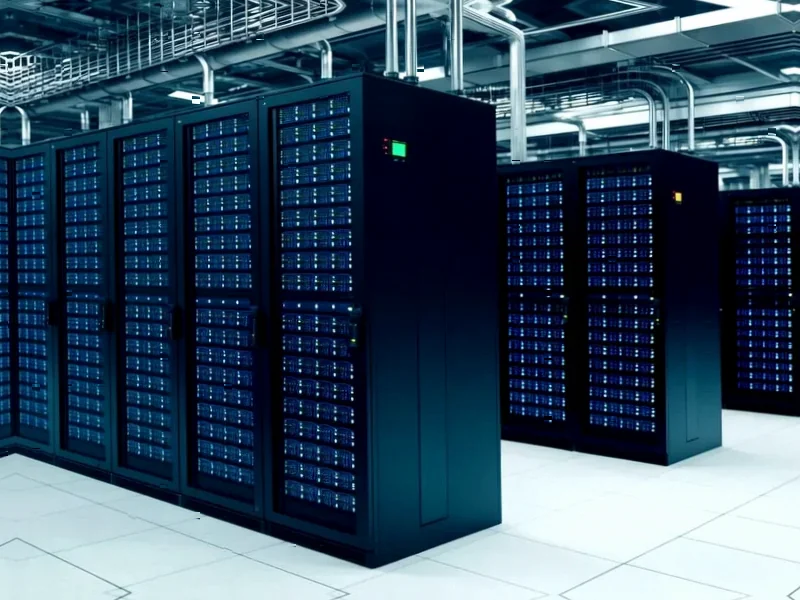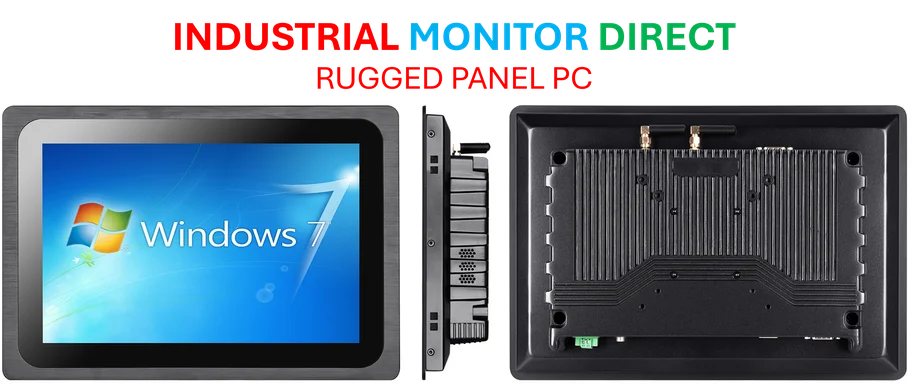According to CRN, global spending on edge computing solutions is projected to reach $260 billion in 2025 with a 14 percent annual growth rate expected to push the market to $380 billion by 2028. The publication’s 2025 Edge Computing 100 list highlights 50 hardware, software, and services companies dominating the space, including infrastructure giants like Amazon Web Services, Cisco Systems, Dell Technologies, and Google Cloud alongside edge specialists like Scale Computing, Hailo Technologies, and Latent AI. IDC research vice president Dave McCarthy noted that “edge computing is poised to redefine how businesses leverage real-time data” through tailored, industry-specific solutions, with service providers investing heavily in low-latency networks and AI-driven analytics. This comprehensive market analysis reveals how the edge computing landscape is evolving beyond theoretical potential into practical implementation.
The Shift From Generic to Industry-Specific Edge Solutions
What makes 2025 particularly significant is the maturation from general-purpose edge infrastructure to highly specialized solutions addressing specific vertical market challenges. Unlike the early days of edge computing that focused primarily on latency reduction, we’re now seeing solutions engineered for manufacturing floor automation, retail inventory optimization, healthcare diagnostics at point-of-care, and energy grid management. This specialization requires deeper integration between hardware, software, and domain expertise—explaining why companies like BMC Software and Veeam are appearing alongside traditional infrastructure providers. The real competitive advantage will come from understanding not just how to process data at the edge, but which data matters most in specific operational contexts and how to act on it autonomously.
The Critical Role of AI Hardware in Edge Evolution
The inclusion of AMD and Nvidia on this list signals a fundamental shift in edge computing requirements. Early edge deployments primarily handled data filtering and basic analytics, but the integration of sophisticated AI models demands specialized processing capabilities closer to data sources. This isn’t just about running inference at the edge—we’re approaching a paradigm where training can occur distributed across edge locations, enabled by hardware that balances computational power with energy efficiency and thermal constraints. Companies like Hailo Technologies represent the next wave of processors specifically designed for edge AI workloads rather than repurposed data center architecture. This hardware specialization will determine which edge implementations can support real-time decision-making versus those limited to basic data preprocessing.
Service Provider Investments Reshaping Connectivity Economics
The massive infrastructure investments mentioned by IDC’s McCarthy represent more than just capacity expansion—they’re fundamentally changing the economics of distributed computing. As service providers build out low-latency networks specifically for edge workloads, we’re seeing the emergence of tiered edge services that range from on-premise microdata centers to regional aggregation points. This creates new partnership models between cloud providers, telecommunications companies, and specialist firms like Equinix that operate interconnection facilities. The convergence of 5G standalone networks, specialized edge infrastructure, and distributed cloud platforms is creating an ecosystem where application placement becomes a dynamic optimization problem rather than a simple cloud-versus-edge decision.
The Unaddressed Challenges in Distributed Security and Governance
While the CRN list highlights technological innovation, the elephant in the room remains security and governance across distributed edge environments. Each additional edge location represents a new attack surface, and the heterogeneous nature of edge hardware—from constrained IoT devices to substantial edge servers—creates unprecedented management complexity. The industry hasn’t yet settled on standardized approaches for secure provisioning, patch management, and compliance monitoring across thousands of geographically dispersed nodes. Companies that can solve these operational challenges while maintaining the performance benefits of edge computing will likely emerge as the next generation of leaders, regardless of their current position in market rankings.
Beyond 2028: The Road to Pervasive Edge Intelligence
Looking beyond the 2028 spending projections, the most significant impact of edge computing may be its role in enabling autonomous systems that operate with limited human oversight. As edge infrastructure becomes more capable and cost-effective, we’ll see entire business processes rearchitected around real-time data processing and decision-making. The distinction between operational technology and information technology will continue to blur, with edge platforms serving as the unification layer. The companies succeeding in this space won’t necessarily be those with the most powerful hardware or sophisticated software, but those that understand how to create integrated systems that solve specific business problems while managing the complexity of distributed operations at scale.




